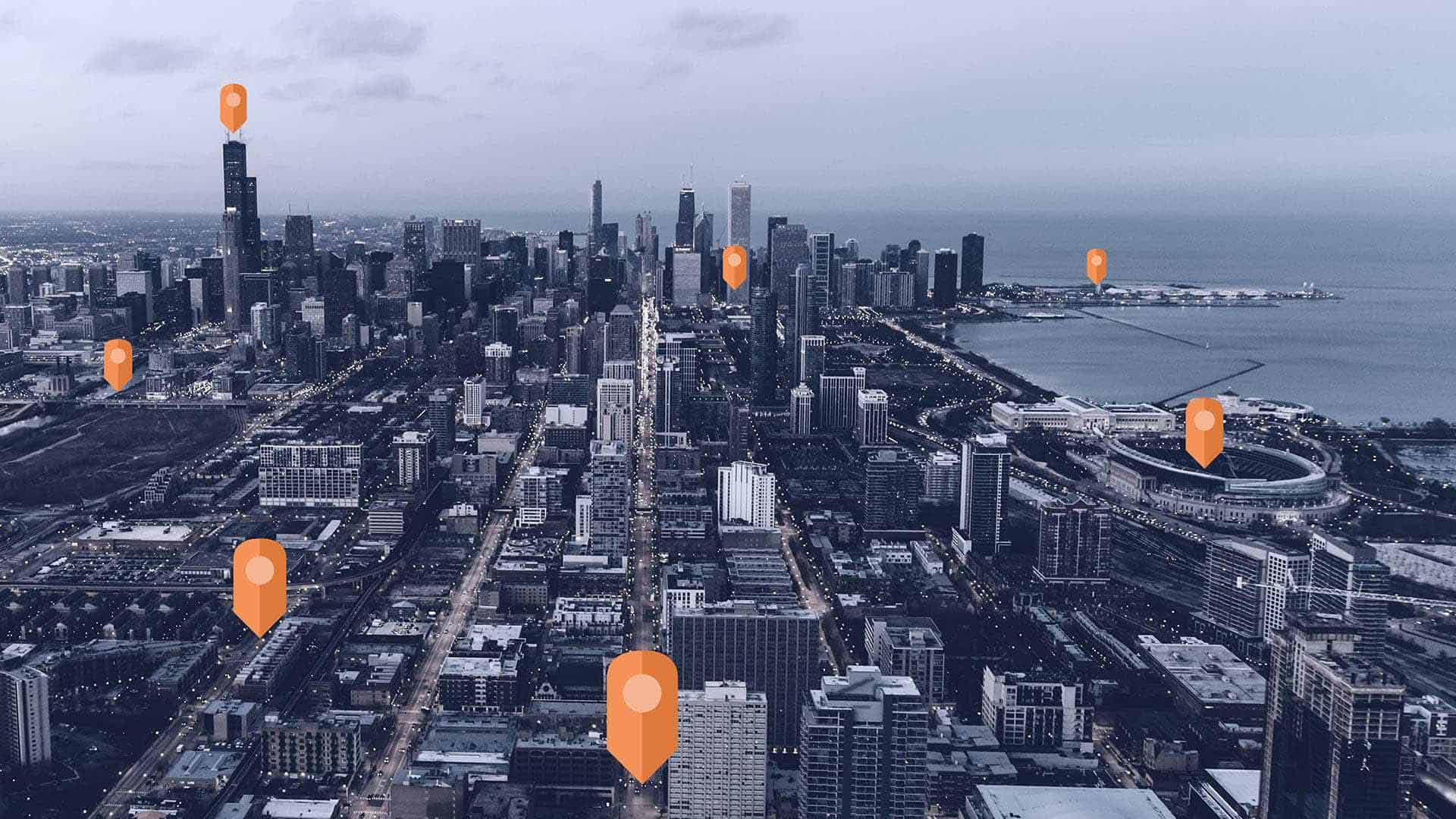With 187 million users and counting, social media platform Snapchat is drawing increasing interest from advertisers. Now the Snap Inc. subsidiary has unveiled two new location-centric options to help advertisers reach those users.
As reported by Mobile Marketer, companies that advertise on Snapchat can now reach target audiences when they are in certain types of places, as well as when they are within a prescribed radius of a specific location. Snap’s new offerings reflect the expansion of mobile commerce. The category, according to a report by Forrester, will continue to experience double-digit annual growth in the United States and will account for more than half of online retail sales growth by 2022.
Snapchat’s 150 location categories include places like beaches, gyms, college campuses, stadiums, and movie theaters, while its radius targeting lets advertisers focus on the area around a specific point on a map—including a business address, a city, or simple latitude and longitude coordinates.
This is just the latest of Snap’s moves to incorporate location intelligence into its platform.
As many leading companies have learned, location adds context to messaging, helping advertisers reach consumers with relevant ads in the right place. These tangible uses of location intelligence by another major social media player endorse its growing role as a crucial marketing and analytics tool.
Moreover, a recent study in London found that advertisers can mine social media communications to better understand ad preferences of consumers in certain locations. For example, the theme most often on the minds of Twitter users in Notting Hill might be museums and galleries, while near Mayfair, it’s fashion and shopping. Advertisers mining that location intelligence can target those locations on Snapchat with advertising relevant to those activities.
Snapping Up Locations
According to the announcement on Snapchat’s business blog, location is a key part of how users interact with the social media platform. The app’s millions of users add location graphics to their posts, discover other posts by location, and share their own locations with friends. Now, businesses and brands can reach that audience digitally based on where these potential customers are physically.
On its blog, Snapchat offers examples of what the new location targeting might look like: a sunscreen brand that targets users at the beach, for instance, or a movie studio that tailors a message to people at a theater. Meanwhile, radius targeting could be used in conventional ways—like targeting the area around a particular store—or advertisers could target everyone who visits a certain sports stadium or music festival.
As the examples shared by Snapchat show, savvy marketers could use this technology to reach audiences when and where their message is most relevant, using location intelligence to fuel a more precisely targeted advertising engine.
Helping Businesses Locate Consumers on Their Own
Business executives may take a cue from Snapchat to incorporate location-based advertising into their own operations. Integrating geographic information system (GIS) software into marketing and business operations can help companies understand where and when to target potential customers. Businesses use GIS to better understand and deepen connections with current customers, identify and develop new markets, find ideal sites to open new retail stores, measure foot traffic, and create geofences that trigger ads when customers are nearby.
In today’s data-drenched economy, companies sometimes struggle to make full use of their data. Through GIS, businesses can combine their own datasets (like those from CRM) with location data to visualize the connections between them, as Esri’s Jim Young observed in this WhereNext article:
A geographic information system leverages maps to help organizations understand the spatial associations within [a] massive collection of data. That might mean plotting out the longitude and latitude of where people are when they request a mobile ad, or swipe a credit card, or move between locations. . . . This technique enables new kinds of observations, ranging from seeing things like traffic hot spots or cold spots, to anomalies that simple charts don’t uncover.
Snapchat’s new tools for location-centric advertising underscore the connection between physical locations and digital insights. Businesses that use these emerging tools and technology such as GIS to become spatially aware can target new customers with relevant messages in appropriate locations—and reach loyal customers in more targeted ways.
To learn more about how location intelligence is transforming the retail industry, listen to this podcast.
Photo courtesy of Austin Neill











